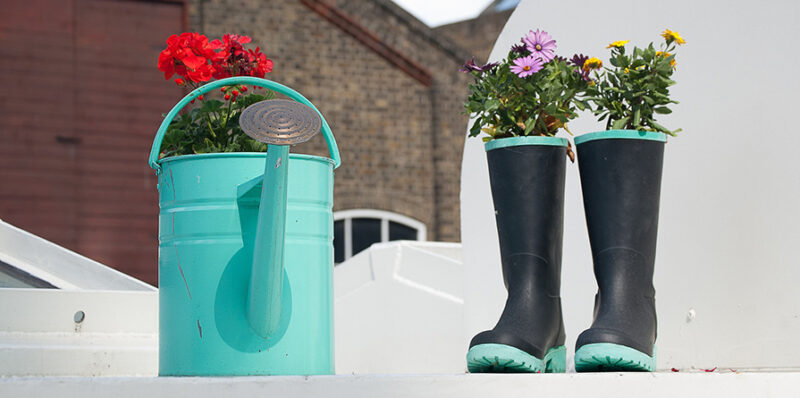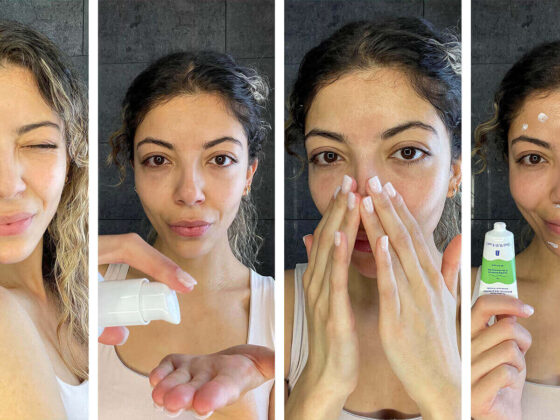In the world of sustainability, upcycling has become significantly fashionable. While you’re possibly familiar with just how to recycle, whether it’s plastics or fabrics, you might not know the concept of upcycling. For many individuals who wish to keep things out of landfills, the upcycling movement has become an innovative outlet. Exactly what is upcycling? How does it benefit the environment? We’re below to address every one of your upcycling queries.
What is Upcycling?
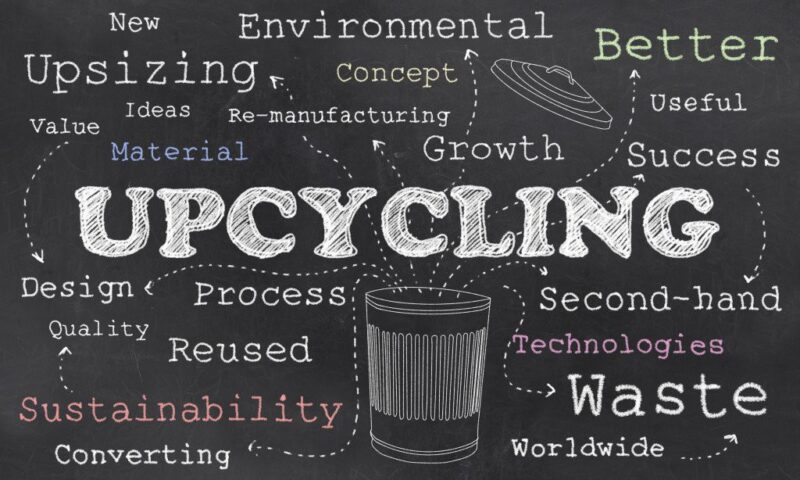
“Upcycling” is defined as “recycling or reusing something in a way that raises the value of the original item.” In other words, providing something that is no longer in operation a new life and effectiveness. Therefore, the final product is often more valuable and beneficial.
The terms “upcycling” and “recycling” are frequently confused. Even the Environmental Protection Agency’s description of recycling seems a whole lot like upcycling’s meaning. There are, nevertheless, significant differences.
Recycling is the process of accumulating, processing, and also repurposing products that would otherwise be discarded. Recycling can be a closed-loop system in some conditions when a product is treated and after that recycled into one more same product. Nevertheless, the majority of products cannot be reused in a closed loophole. Recycled items are often “upcycled” or “downcycled” in most cases. The worth and quality of the new item created via the recycling process are described as upcycling and downcycling.
Downcycling is the type of recycling that many people are familiar with, such as recycling paper or plastic. These products are dismantled and repurposed to generate an item much less value than the previous one.
The distinction between downcycling and upcycling is that downcycling makes a lower-quality variation of the same point, whereas upcycling converts existing products into something new, different, and also high-quality.
What Can be Upcycled?
Lots of items have the potential to be upcycled because upcycling recovers and repurposes products in a manner that includes value to their constituent pieces. Below are some examples:
Clothing

Upcycling clothing has always been a popular choice, from changing buttons to refashioning T-shirts. A short search on Pinterest or YouTube will undoubtedly show a plethora of ideas on upcycled garments and material waste. Textiles can be recycled almost totally in many cases.
However, recycled material threads, such as cotton, do not have the same quality as the original material, resulting in a much shorter item life cycle. Because of this, the upcycling fabric is an extra eco-friendly remedy. You can also start bringing a change by opting for sustainable swimwear brands .
Plastic
Many fashion brands use plastic garbage from the sea in their footwear and clothes. Others make use of plastic bottles that have been recycled. While garments are a common upcycling subject, artisans usually make precious jewelry and utilitarian art out of seemingly insignificant things. Do-it-yourself (DIY) initiatives turn simple plastic into plastic bags, wash detergent containers, and plastic bottles into a myriad of domestic products.
Industrial Waste

Glass-ceramics made from industrial waste have been proved to be heat and moisture-resistant and appropriate for usage in the cooking area, home appliances, and the electric and space markets. These non-recyclable materials have also been made use of by upcycle artists in the production of art and furniture. It is widely held that style must be non-destructive and environmentally friendly. Upcycling techniques will certainly continue to increase, pending every market’s ambition to create with a zero-waste approach.
Glass
Glass that hasn’t been mixed with other materials can be reused conveniently, but that hasn’t stopped individuals from upcycling it. Household items such as storage containers, vases, and succulent pots can be made from glass jars and containers.
Aluminum

Aluminum’s adaptability and capability to be sculpted into beautiful forms remain to be applauded. Since lightweight aluminum has adverse environmental consequences, recycling and upcycling are progressively attractive alternatives. In the United States, recycling is currently the primary source of this flexible steel, commonly used to make soda and beer canisters. Music instruments, furniture, and automobiles have all been made from recycled lightweight aluminum.
Is Upcycling Helpful to the Planet?
Upcycling is extremely good for the environment. It fulfills numerous tasks simultaneously: it recycles existing sources while also creating something new. Giving thrown-out things a second life reduces the demand for new products to be made from unethically sourced or unsustainable resources, such as plastic. Consider shoes made from repurposed water bottles. Upcycling plastic does not just stop the buildup of plastic waste, and it also produces new shoes without using new resources.
Minimizes Natural Resource Extraction
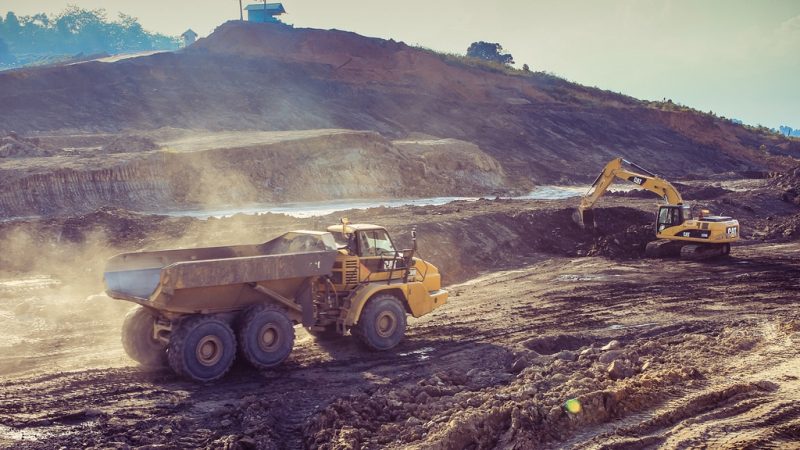
Because you already have everything you require, upcycling removes the need to extract raw materials or create synthetic components. This can go a long way for sectors that use a lot of natural and non-natural sources. Take into consideration the number of trees we might save if all of our furniture was built from reclaimed timber.
Minimizes Landfill Waste
Upcycling also prevents your original item from ending up in a landfill. Plastics can only be downcycled one or two times before breaking down, even if the original thing is recyclable.
Our recyclables might eventually wind up in a garbage dump, which can be harmful– particularly if they aren’t eco-friendly. On the other hand, upcycling enables things to be transformed into something that will withstand a lot longer.
Much Less Carbon Footprint and Decreased Manufacturing
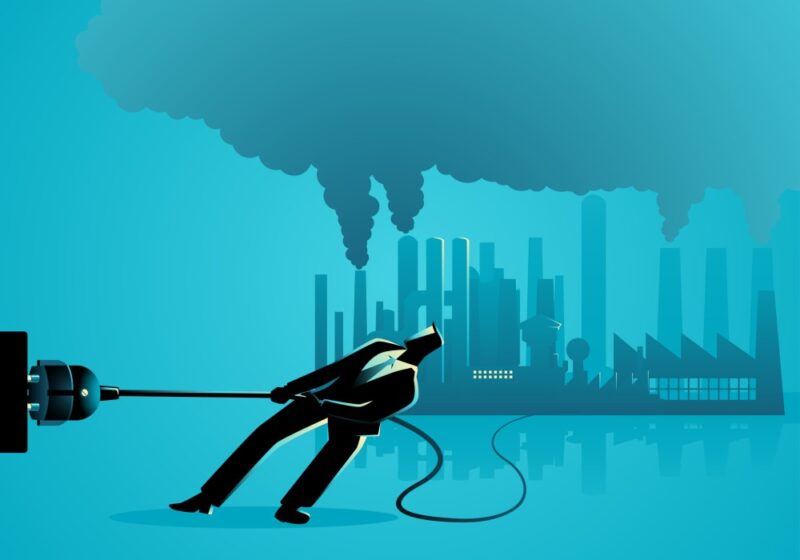
Lessening resource intake has two advantages: it conserves natural resources and reduces the need for manufacture. The transformation of materials to finished products can cause substantial carbon emissions, specifically throughout mass production. According to the Environmental Protection Agency, the market produced around 23% of carbon emissions in the US in 2019. (EPA). In addition, recycling emits carbon dioxide. While downcycling is more effective than tossing anything in the garbage, upcycling is also better.
Final Thoughts:
Upcycling may appear to be a difficult task. You may, however, upcycle and also contribute to a circular and sustainable economic situation in various ways. There are some simple upcycling projects you can do in the house if you’re feeling imaginative, such as transforming an old rug into a pinboard or crocheting a tote bag out of plastic bags. The possibilities are limitless.
